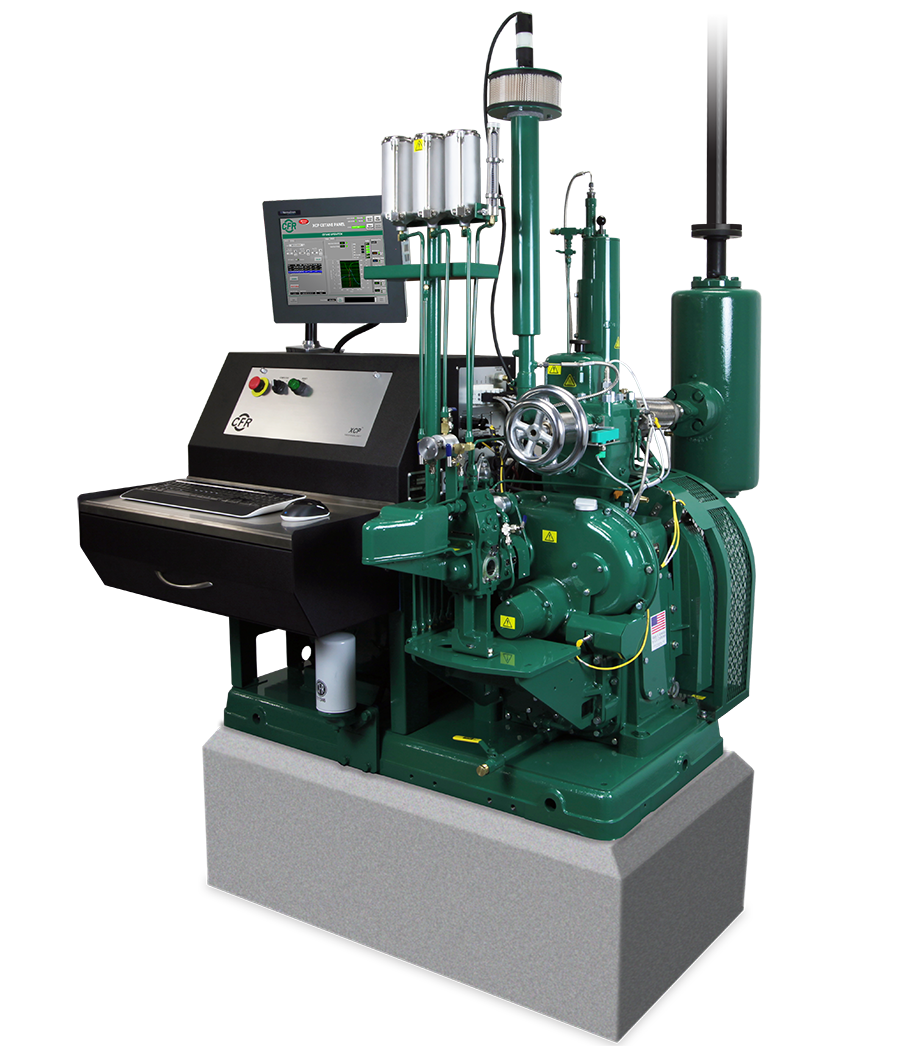In the dynamic world of public relations and media strategy, the question of whether short-term media placements are worth the investment is a significant one. Businesses and brands often grapple with decisions about allocating budgets for long-term campaigns versus quick, targeted exposures. Mogul Press, known for its savvy media strategies, provides a perspective that can help organizations navigate this complex terrain. This article explores the value of short-term media placements, analyzing their benefits and limitations, and offering guidance on how to leverage them effectively.
1. Understanding Short-Term Media Placements
Short-term media placements refer to media exposures that are brief and focused, often lasting just a few days to a couple of weeks. These can include pop-up ads, sponsored posts on social media, radio spots during peak times, or a temporary PR push to highlight a specific event or product launch.
a. Characteristics of Short-Term Placements
- Immediate Impact: Designed to quickly capture attention and deliver immediate results.
- High Intensity: Typically involves a concentrated burst of media activity.
- Targeted Reach: Focuses on reaching a specific audience segment within a short time frame.
2. The Advantages of Short-Term Media Placements
a. Agility and Flexibility
Short-term placements allow businesses to remain agile, adapting to market trends and consumer behaviors without the long-term commitments required by extensive media campaigns.
b. Cost-Effectiveness
For businesses with limited budgets, short-term placements can be more affordable, allowing for strategic, impactful media exposure without the hefty price tag of prolonged campaigns.
c. Targeting Opportunities
These placements make it possible to target specific events, seasons, or consumer trends with precision, maximizing the relevance and impact of the media message.
d. Testing and Experimentation
Short-term strategies provide an excellent testing ground for different messages, platforms, and creative approaches, offering valuable insights that can inform broader, long-term strategies.
3. Challenges and Limitations
While short-term media placements offer several advantages, they also come with limitations that businesses must consider.
a. Short-Lived Impact
The transient nature of short-term placements can mean that the impact is quickly diluted once the placement ends, often requiring additional follow-up strategies to maintain momentum.
b. Risk of Audience Fatigue
Frequent, high-intensity campaigns can lead to audience fatigue, particularly if the messages are too repetitive or intrusive.
c. Limited Depth
These placements may not provide enough time to fully convey complex messages or to foster deeper brand connections with the audience.
4. Maximizing ROI on Short-Term Media Placements
To make short-term media placements worthwhile, companies must strategize carefully to maximize return on investment.
a. Clearly Define Objectives
Know what you want to achieve with each placement. Whether it’s increasing brand awareness, launching a product, or driving traffic to a website, having clear objectives will guide the choice of media and messaging.
b. Leverage Timeliness
Align the media placement with timely events or trends to capture heightened interest and relevance. For instance, advertising winter products during a cold snap can capture immediate consumer interest.
c. Integrate with Broader Campaigns
Use short-term placements as part of a larger campaign. They can serve as a catalyst or a booster within a comprehensive strategy, enhancing the overall impact of a long-term campaign.
d. Measure and Analyze
Implement robust measurement tools to track the effectiveness of each placement. Analyze data on reach, engagement, conversions, and ROI to understand what works and what doesn’t, and refine future strategies accordingly.
5. Case Studies and Examples
Examining real-life examples can provide insights into how successful short-term media placements are implemented and measured.
a. Product Launches
For product launches, short-term placements can create a buzz and drive immediate sales, as demonstrated by several tech companies during flagship product releases.
b. Event Promotions
Events like concerts or festivals often rely on short-term media placements to boost ticket sales and awareness as the event date approaches.
c. Crisis Management
In times of crisis, short-term placements can be an effective part of a reactive strategy, allowing businesses to manage their reputation and address customer concerns promptly.
6. Conclusion
Short-term media placements can indeed be worth the investment if they are strategically planned and executed with clear objectives and targeted messaging. They offer flexibility, cost-efficiency, and the ability to capitalize on timely opportunities. However, they should ideally be integrated into a broader media strategy that seeks to build long-term brand value and customer relationships. Businesses must weigh their immediate goals against their long-term aspirations, using short-term media placements as a tactical tool within their larger marketing arsenal.




